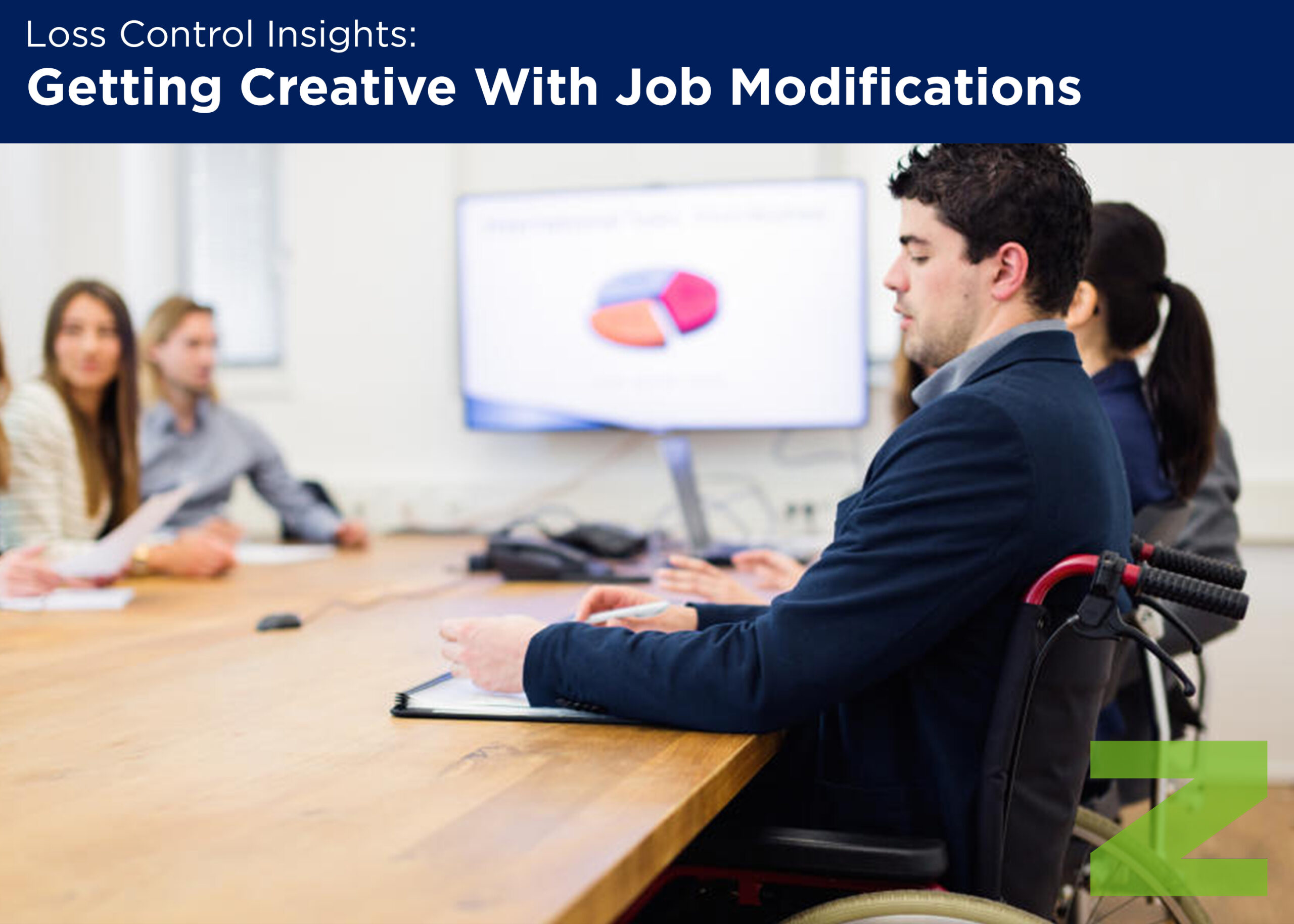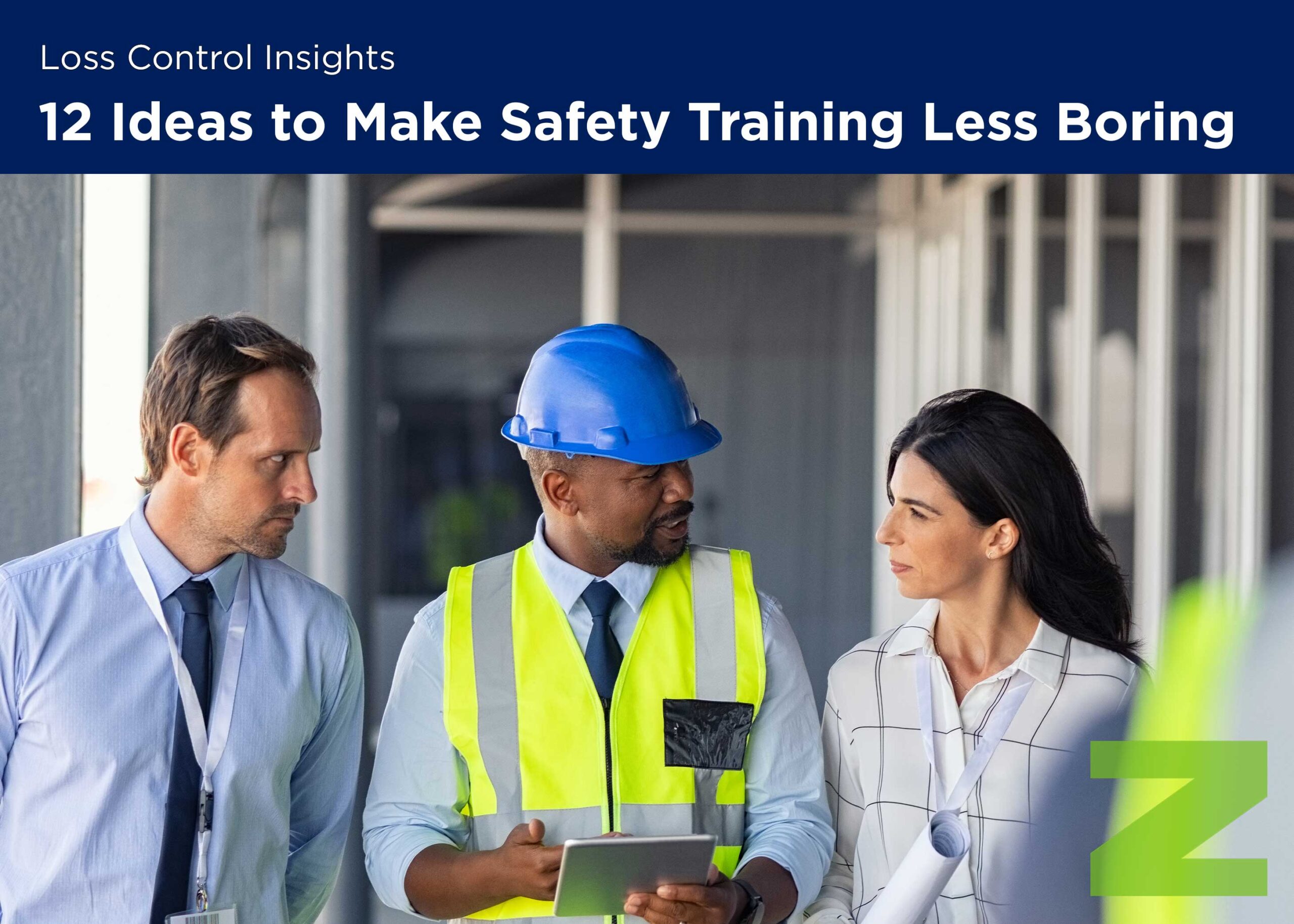Disabilities are as individual as the employees experiencing them. A disability can be temporary, such as an employee returning to work after an injury; or can be permanent, such as an employee who has spinal injuries after a car accident or a disease affecting hearing, sight or mobility. PTSD and other mental health issues are also categorized as a disability.
In any case, says EMC Industrial Hygienist Krista Scott, it’s important to be aware of both your responsibilities and best practices for accommodating employees. Managing employee disabilities in the workplace is covered by the U.S. Equal Employment Opportunity Commission (EEOC) which administers the Americans With Disabilities Act Amendments Act (ADAAA). This act requires that employers go through a process to determine if they can feasibly accommodate employees with a disability without incurring financial hardship.
Krista’s background is in returning employees to work as soon as possible after an injury or illness. She says, “Nearly always, the best outcome for both the employee and your company is for injured or ill employees to return to work in some capacity as soon as they are medically able. Returning to work keeps the employee in the workforce, giving them a sense of importance and remaining a valued part of the team. The company wins by retaining a valuable team member, and bringing the employee back to the company prevents potentially paying higher workers’ compensation premiums in the future.”
Whether your employee is returning to work after an injury or illness, or if you hire someone who needs accommodation to perform the job, you’ll need to plan carefully for what those accommodations might include. While some fixes may be standard and easy to find, such as a different type of chair or workstation, or an anti-glare filter for their computer screen, others may require a bit more thought and creativity. Many options cost little or are free, and may include job restructuring, flexible work schedules, training, or modifying equipment or workspaces.
Krista has come across a few unique, yet workable, solutions companies have implemented successfully. Here are a few of her stories that may inspire you to spend time seeking similar workarounds for employees at your company:
Situation: An employee who had suffered a concussion was required to rest her eyes approximately 15 minutes of every hour and had to do so in a darkened room.
Solution: The employee’s working location was moved to a conference room, where she could perform a job sorting nuts and bolts on her own and could turn off the lights during her quiet time.
Your takeaway: You could set up a similar isolated workspace with tools necessary to perform a job: a computer, a phone, a copy machine or other equipment.
Situation: A bank teller who lived through a bank robbery was diagnosed with PTSD following the experience. His PTSD was triggered by feeling vulnerable in wide-open spaces with multiple entrances and crowds of people.
Solution: The employee was moved from working in the main lobby of the bank to an individual booth away from the lines of customers, where he managed the vacuum tubes coming in from the drive-through lanes. Having the glass window between him and the customers provided an adequate barrier and he felt secure.
Your takeaway: Know that PTSD can be managed and treated, but it never goes away. Understanding and avoiding triggers is one way to manage it. Work with your employee to find a safe, secure environment where the employee can be most productive.
Situation: In a car manufacturing facility, an employee was unable to work on the line while recovering from an injury.
Solution: The employee spent each workday performing time studies. Time studies are necessary, especially in companies using just-in-time manufacturing, where parts are delivered to the line just as they are needed. The injured employee already knew the line and the concept, so sitting back and watching, calculating times, taking notes for improvements and other related observations was an ideal task.
Your takeaway: Finding a key role within the employee’s department is valuable in keeping them invested in the workflow and feeling connected with co-workers. However, the return to work job can also be within a different department. “This misconception tends to be a roadblock for employers because they think they can only place an injured employee within the same job or department while they are healing. This simply is not true, and it’s important to be open-minded about the employee’s capabilities,” Krista says.
Situation: An injured law enforcement professional was not able to go back on patrol but was well enough to return to work in some capacity. The employee’s union, however, had strict rules about what sorts of jobs the employee could perform, even as a temporary solution.
Solution: Look for jobs within the union contract that the employee is capable of performing. Generally, the job must be in their current department. This could include community outreach with citizen groups, visiting schools to give presentations or other positive PR work. There may also be back paperwork or cold cases the professional could take on as a short-term solution.
Your takeaway: Work with unions to find options that are in the best interests of the employee and get the employee back to work as quickly as possible.
For additional adaptations and assistance in finding solutions, Krista suggests utilizing the Job Accommodation Network (JAN). This organization is a leading source of free, expert and confidential guidance on workplace accommodations and disability employment issues, including the Americans With Disabilities Act Amendments Act. The service is supported by the U.S. Department of Labor’s Office of Disability Employment, in collaboration with West Virginia University. Assistance is available both over the phone and online. Start with the JAN network online or call JAN at 800-526-7234.





